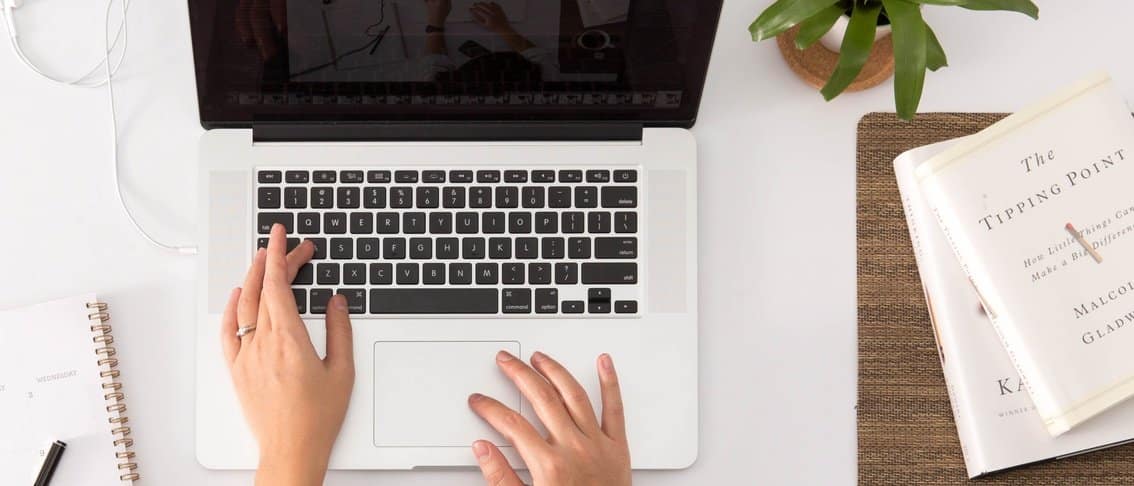Higher education institutions are combining advanced technology and education strategies to improve student achievement. This combination has led to incredible growth in the expansion of personalized learning paths that help students thrive and interactive experiences that further immerse students in the professions they’re pursuing. These strategies are preparing students to work in fast-paced, technologically-driven environments.
Arguably the greatest impact of education technology on student achievement occurs when organizations become more inclusive to meet diverse student needs. Universities are implementing four key strategies focused on technology to cater to students who may have found higher education out of reach previously.
Assistive Technology Makes Higher Education Accessible to Students with Disabilities
Students with disabilities are greatly benefiting from new assistive technology.
- Students with mobility impairments: Sip and puff systems, for example, allow students to control cursors on screens with their mouths, enabling them to tap into course recordings, transcripts and ebooks. Other tools allow similar engagement with head movements.
- Students have speech impairments: There are tools that make it easier for them to communicate with classmates through real time translation, which allows them to participate in class discussions and collaborate effectively on group assignments.
- Visually impaired and blind students: Universities can offer speaking screen readers and speaking calculators, as well as electronic braille for anything from text to graphics.
- Hard of hearing and deaf students: Closed captioning and transcription solutions enable these students to consume lectures in text form. Verbit provides one of these services via an artificial intelligence based software that enables almost 100% accuracy in real time captioning and quickly-turned transcription. The software is embedded with contextual information, such as professional terminology, thought leader names and book titles, and the software gets smarter with time. Two human professionals also review the transcripts before they’re submitted to reach a targeted 99% content accuracy.
Technology Improves Able-Bodied Student Achievement Too
New teaching technologies are paving the way for innovative strategies to improve student achievement across different learning styles, preferences, and strengths – not just for those with varying abilities or learning disabilities.
Captions support hard of hearing and deaf students, but they also support students who’d like to review their class materials during commutes or while in the library. Transcripts also support students who can’t write or type fast enough to keep up with a professor’s lecture pace. Both support visual learners.
Other methods, including 3D doodlers, also support visual learners who are then able to see art, or architecture, come to life beyond the theory. 3D printers support mobility-disabled students who might not be able to access factory tours, just as much as they support students who learn best by doing something with their hands.
Overall, students must feel comfortable stepping into a workforce that is surrounded by technology. Implementing these technologies in the classroom is one way to support their workplace comfort levels upon graduation.
Easy Strategies to Improve Student Learning: Integrate Personalized Knowledge Expansion into Everyday Life
Providing students with access to MOOCs (Massive Open Online Courses), where they can take extra classes without the pressure of exams may help students personalize their learning paths. MOOCs allow students to dig deeper into topics they’re interested in or find challenging.
If these courses are online and students don’t need to buy physical extra books to increase their knowledge base, they can easily integrate more learning into their lives. They can also catch up on their studies during commutes, breaks from work, or while they get ready in the morning. Providing a library of ebooks, audiobooks and curated online sources, such as blogs, podcasts, and YouTube channels, can have an overwhelmingly positive effect.
This added technology can work in combination with physical textbooks that allow students to disconnect from their devices and immerse themselves fully. The idea is to give students all the possibilities – online and offline – to succeed. When institutions make it easier for students to choose a learning path that works specifically for them, they’ll see greater success.
Increase Student Engagement by Diversifying Technology and Teaching Methods
Another secret sauce to improve student learning is to diversify teaching methods. Interactive education is a great way to do that. Universities can provide coding software products that give feedback in real-time and scanners for lab equipment that lead to tutorials and safety guidelines. Professors can implement virtual reality tours of natural disasters or augmented books that bring visuals of historical locations and biological organs to life.
Improving academic performance with interactive education can still be cost-effective too. For example, it’s possible to conduct video conferences to observe real-time operations and court cases. Professors can arrange for follow up with Q&A sessions with surgeons and lawyers whose career paths their students are following.
Keeping students continuously surprised and engaged with new teaching technology is likely to increase performance and enthusiasm across campus
Making a Difference With Improved Student Performance
Running a campus means serving a wide variety of needs, abilities, health situations and preferences. New technologies are not just serving those with varying abilities, but the student body as a whole.
As more campuses integrate innovative tools in the experiences they create, students are able to immerse themselves and customize their education like never before. The result is that those with disabilities are able to get the full education experience and launch new career paths, while student achievement as a whole will continue to grow each year.




